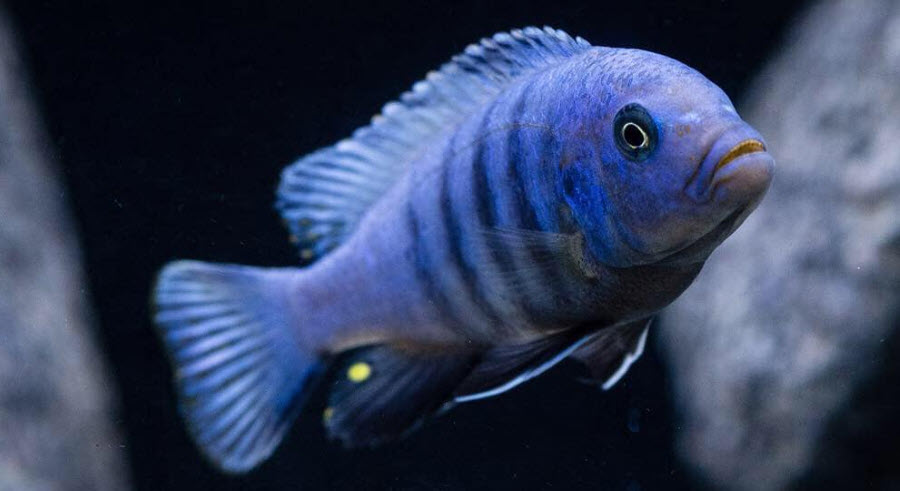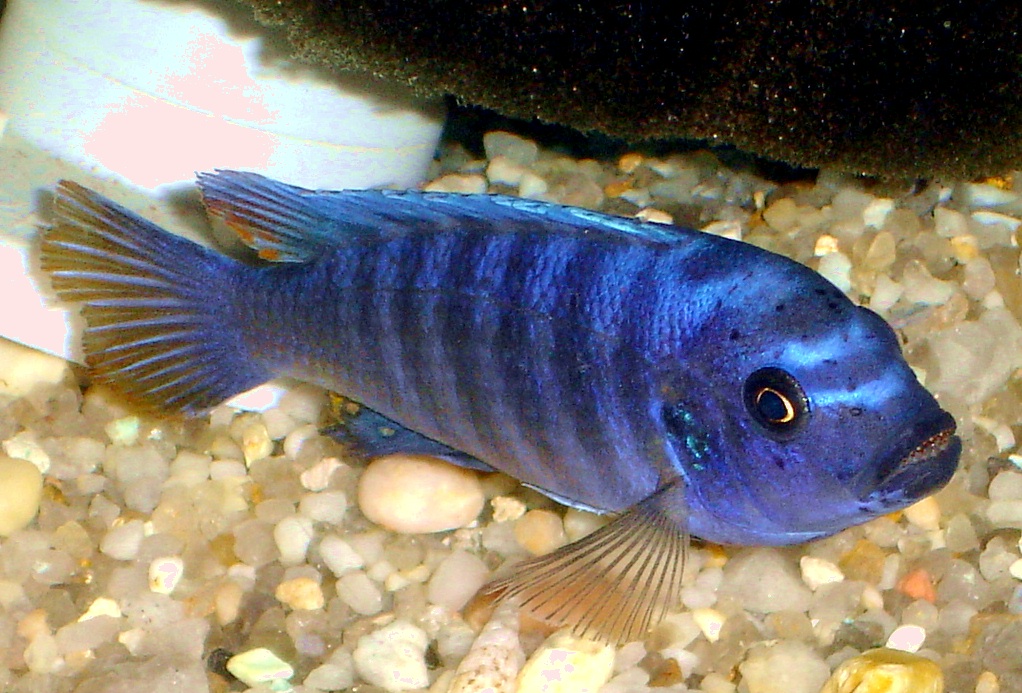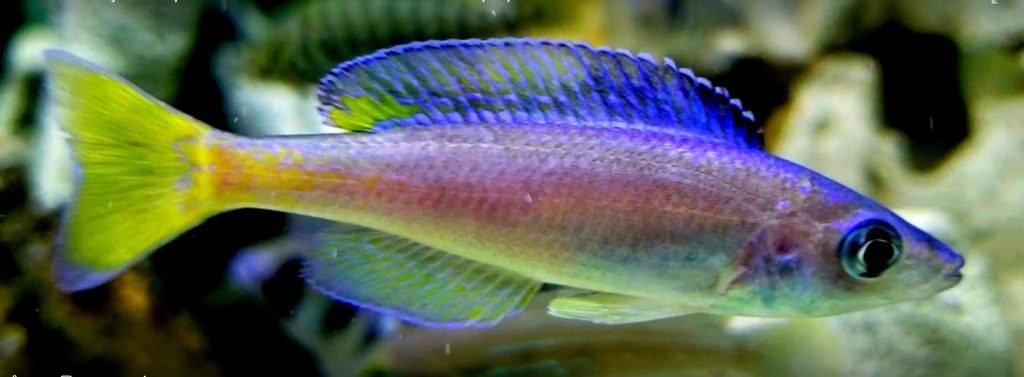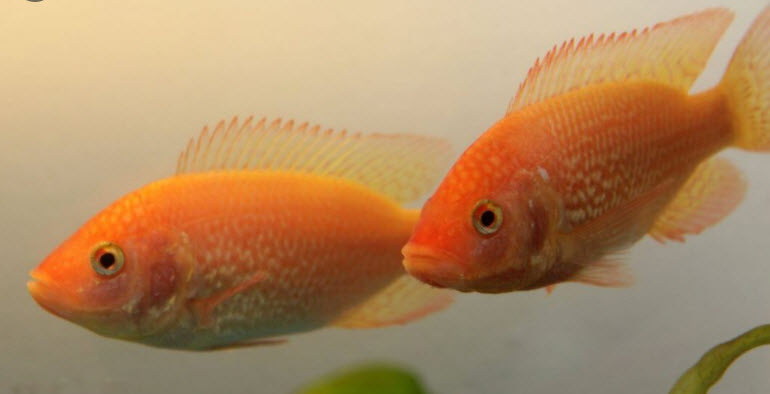
There is the constant myth on social media that one needs to clean the filters and filter media in tank water to prevent the chlorine in tap water from removing and killing all the beneficial bacteria. This is simply a false myth.

Synopsis of Test
Multiple replicate scientific experiments were carried out with controls. These studies looked at cleaning sponge filters with both chlorinated and unchlorinated water. They established that:
- Cleaning a newly established (months) sponge filter under running unchlorinated well water OR chlorinated water removed virtually all the beneficial bacteria
- Cleaning a newly established (months) sponge filter in a pail of unchlorinated well water, aquarium water OR chlorinated water left significant amounts of beneficial bacteria in the filter.
- Cleaning a long established (years) sponge filter under running unchlorinated well water OR chlorinated water left significant amounts of beneficial bacteria in the filter.
So you never want to clean a relatively new filter media in running tap water, even if it is unchlorinated well water. You can get ammonia spikes.

Abstract
The idea that cleaning a filter in chlorinated water destroys the beneficial bacteria was tested. The test proved beyond any doubt that chlorine levels even two to four times what is found in tap water have no effect on the beneficial bacteria.
Test Equipment:
- Ten five gallon orange Home Depot Buckets
- Air pump and air tubing
- Four mini sponge filters that had been running for four months
- Four DIY 20 ppi Poret Sponge filters that had been running four years
- One mini sponge filter that was new
- Aquarium gravel
- Clorox bleach

Test Procedure
Four sponge filters had various tests run on them for four months total. These four filters had a complete compliment of beneficial bacteria in them. Another set of four sponge filters were taken from long established breeding tanks. These sponge filters were 20 ppi Poret sponge cubes which had been used for at least four years and maybe longer.
These eight sponge filters were then cleaned in tubs of water. The tubs were filled with well water to about three inches in depth. The water in the tubs was conditioned with four levels of chlorine: 2 ppm, 1 ppm, 0.5 ppm and no chlorine.
One bucket aquarium was set up with only about one inch of aquarium gravel in the bottom of the bucket and no sponge filter. This bucket only had an air stone in it. This was the “control” and was designed to test the hypothesis that substrate acts as a biofilter. Another “control” was set up with a new min sponge filter that had not been cycled or cleaned. That gave ten buckets.
The filters were then put into their respective pails and a time to cycle test run. Eight ppm of ammonia was added every three days. The ammonia levels were then measured after three days of running and every three days thereafter, just prior to adding new ammonia.

Results
This is the results of the test in ppm of ammonia:

This rather conclusively proves that chlorine does not affect beneficial bacteria. The level of chlorine found in tap water is normally 0.5 to 1 ppm. So this tested levels that were two to four times normal and there was no problem.
Further testing was done on this topic. This testing can be found at these links:
6.8. Thorough Cleaning
6.8.1. Thorough Cleaning Test
‘

Discussion
From Swiss Tropicals, the supplier of Poret Foam:
“It does not matter if you use cold or chlorine-treated water! The often repeated notion that this process would kill all the filter organisms is nonsense, because the residual chlorine concentration in drinking water is too low to kill them all. The microorganisms are quite well-protected in the slime of the biofilm.”
Prime Time Aquatics has a video where they rinsed their many sponges in chlorinated tap water for years. Not one ammonia spike.
Elsewhere we calculate one part per million in one gallon is 0.00363 grams. Lets say we wash the filter media with ten gallons of tap water containing the typical chlorine dosage, or 0.5 ppm. This is 0.0181 grams of chlorine going through the filter media.
Any decently clogged filter media will have at least 10 grams of bacteria and organic matter in it capable of reacting with the chlorine and being killed. 0.0181/10 = 0.00181 or 0.18% of the bacteria will be killed. I.e. running filter media under tap water containing chlorine will kill roughly two tenths of one percent of the bacteria in the filter IF CHLORINE KILLED INSTANTLY, which it decidedly does not do. Hardly something to get one’s knickers in a bind over.

Chlorine (and all disinfectants), take time to work. The lower the concentration the more time it takes for chlorine to kill ANY bacteria. So the chlorine levels in tap water (0.25 to 1.0 ppm typical) take an hour or more to kill bacteria. So a rinse done for thirty to sixty seconds does nothing, not even two tenths of one percent.
A study was done on how long it takes chloramine to kill nitrifying bacteria. The study was: “Bacterial Nitrification in Chloraminated Water Supplies” David Cunliffe, 1991. This study showed chloramine at the concentration normally found in tap water takes an hour and a half to kill even tiny amounts of nitrifying bacteria. This is hardly the typical 15 seconds or so it takes to clean a sponge filter.
If chlorinated water killed bacteria instantly then all hospitals would have to do to sterilize surfaces would be to wipe the surface with tap water. Instead hospitals wipe surfaces with disinfectants in very high concentrations (like 70% isopropyl alcohol or 500 ppm chlorine).
The actual “problem” has to do with simply cleaning the filter media. As tests in the links above reveal, thoroughly cleaning filter media which has only been established for four months removes a significant amount of the beneficial bacteria. More than three squeezes of a sponge filter and the sponge needs to be recycled.
As a result, hobbyists are always coming on social media and saying that they killed their beneficial bacteria and caused an ammonia spike by cleaning the filter under a stream of chlorinated tap water. It wasn’t the chlorine that removed their beneficial bacteria, it was the thorough cleaning under running water.

Also, it appears that squeezing and swishing a sponge back and forth in a bucket of water removes far less beneficial bacteria than does putting the sponge under running water and squeezing it. And sponge filters which have been operating for years are very difficult to clean of all their beneficial bacteria.
Also some individuals use their sponge filters as only mechanical filters, thoroughly cleaning them once a week under running tap water. These hobbyists rely on thing like the surfaces in the aquarium to house the vast majority of their beneficial bacteria. This is a perfectly acceptable use of sponge filtration. But I would not attempt this on a heavily stocked aquarium.
.
Return to Filtration Menu
.
Aquarium Science Website
The chapters shown below or on the right side in maroon lead to close to 400 articles on all aspects of keeping a freshwater aquarium. These articles have NO links to profit making sites and are thus unbiased in their recommendations, unlike all the for-profit sites you will find with Google. Bookmark and browse!
.

Oliver says
Hello Dave,
Sorry to bother you again, as far as I can see the page “6.9. Tap Water Rinsing” is not linked or referred by any other page on Chapter 6.
Please add a link to the page “6.9. Tap Water Rinsing”, at least on the main page of the Chapter “6. Filtration”. Thank you for keeping this excellent site updated!